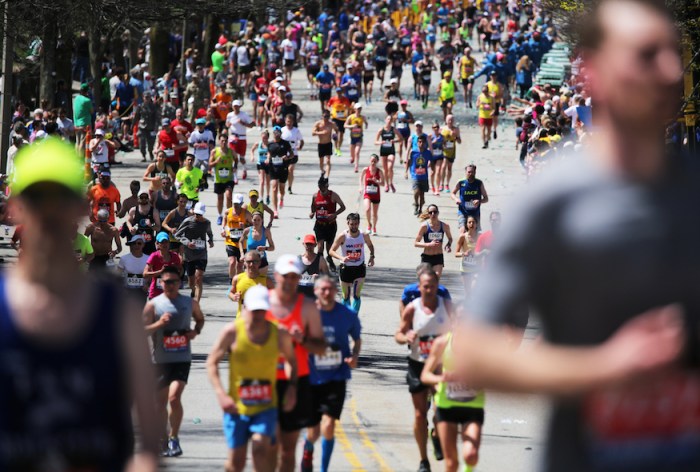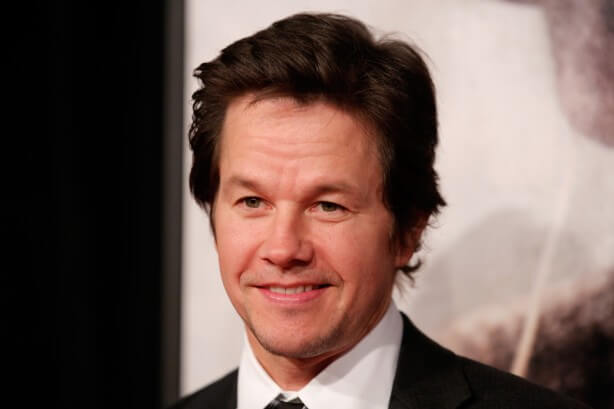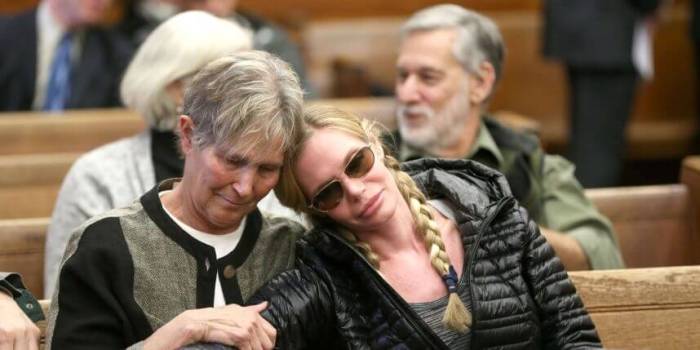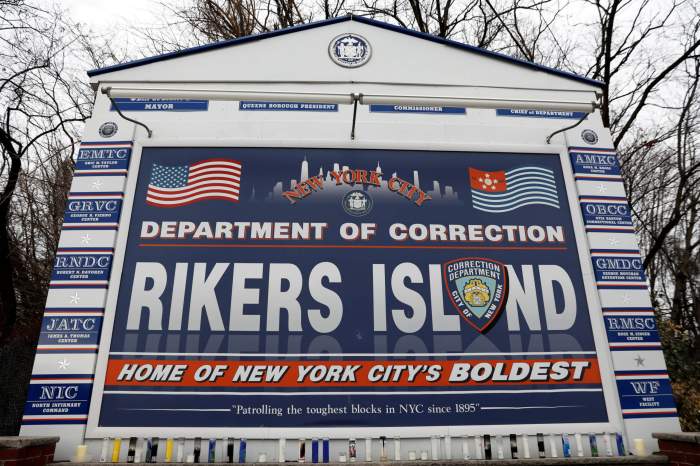Tom Smith will be taking the Boston Marathon one step at a time.
Though he’s run Boston before, Smith won’t be trying to set a new personal best. After being paralyzed three times, he’s focusing instead on completing the 26.2 miles by walking, and wants to give hope to other paralysis patients with each step.
“I want to show people that if you put your mind to something and want it bad enough, you can do anything you want,” he said. “People can take a piece out of this whether they know someone with paralysis or not.”
Smith, a Swampscott native, ran the Boston Marathon 10 years ago, in 2008, when he was a senior in high school and an elite hockey player.
“I didn’t really think much of it,” he said. “I was athletic and I didn’t fully comprehend 26.2 miles, even though that might sound crazy.”
His natural athleticism carried him from Hopkinton to Boylston Street, but a few months after that race, everything changed. In August 2008, during a hockey tournament with the Boston Junior Bulldogs, a collision send him head first into the boards. He woke up hours later in the hospital.
“My mom was sitting beside me and holding my hand. I didn’t know what was going on, and I went to squeeze her hand and I couldn’t squeeze it,” he said. “That’s when I knew something was wrong.”
The doctors told Smith that he was paralyzed from the neck down, but he wouldn’t resign to that fate. He went to the Miami Project to Cure Paralysis Center and began an aggressive rehabilitation program.
“By December, I made what [my doctors] called ‘a one in a million recovery.’ I could walk on my own,” Smith said.
In May 2009, his doctors said that if he wanted to go back to hockey, he could. So he did, and participated in a training camp and several games until tragedy struck again. In Oct. 2009, he got tangled up with a teammate on the ice and crashed into the boards once more. He said as soon as he hit them, he knew he was paralyzed.
“My doctors said I had a better chance of winning the lottery five times in a row than having two separate accidents that were unrelated,” he said. “I knew hockey was off the table, and I thought, ‘How am I going to be a productive member of society?’”
Paralyzed from the waist down, Smith once again started physical therapy. Soon he was standing with a walker and taking steps, but still, this wasn’t the end.
In Jan. 2010, while his dad was driving him to therapy, they were stopped at a red light and hit by a distracted driver. The accident reinjured Smith’s thoracic vertebra, and he didn’t leave his wheelchair until Dec. 2012.
But Smith is an athlete and a competitor at heart. He got the idea to do the marathon over the summer and partnered with Journey Forward, a nonprofit that helps those with spinal cord injuries or disabilities, to raise money for their efforts. (Smith also has his own nonprofit, the Thomas E. Smith Foundation, that helps paralysis patients with financial and emotional support.)
“I’ve always wanted to be pushing boundaries,” Smith said. “A couple doctors said ‘you’re out of your mind for even considering it,’ I said,’OK that’s fine — you’re not gonna be my doctor anymore.’”
Training has involved a lot of unknowns. Smith credits his physical therapist Keith Cooper, from Professional Physical Therapy, operating as ProEx Physical Therapy in Beverly, with making it possible. There was no one to ask how to train for a marathon as a three-time paralysis patient, Smith said, because no one has ever done this before.
Cooper won’t be out on the marathon route with Smith; he’ll be by himself, but he’s not alone. His family, friends and supporters will be there, as they have throughout this ordeal, as well as, in his heart, all the others with paralysis.
“I’m really working for the millions of people around the world with paralysis,” he said, “to try to help them get out of their wheelchair and find a cure for this thing.”























